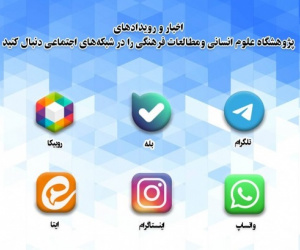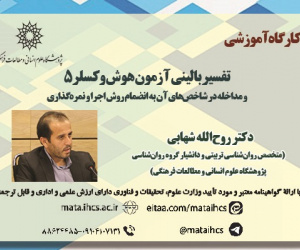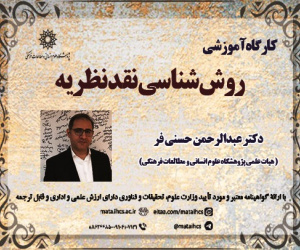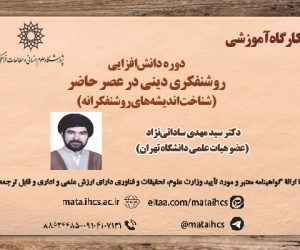بررسی تطبیقی دعای سمات با نسخه های مختلف کتاب مقدّس (مقاله علمی وزارت علوم)
درجه علمی: نشریه علمی (وزارت علوم)
آرشیو
چکیده
ارتباط میان دعای سمات با کتاب مقدّس از دیرباز بر اهل نظر آشکار بوده است. این مقاله با فرض گرفتن این ارتباط، می کوشد کشف کند که آیا متن اصلی عبری کتاب مقدّس مورد توجه دعای سمات است، یا یکی از ترجمه های آن. با بررسی پنج عبارت کلیدی از دعای سمات و مقایسه ی آن با متن عبری و پنج ترجمه ی کتاب مقدّس (به زبان های آرامی، سریانی، و عربی) که در قرون اولیه ی اسلامی رواج داشتند، این مقاله نتیجه می گیرد که دعای سمات با ترجمه ی سریانی موسوم به پشیطتا در ارتباط است. در احادیث اسلامی اشارات متعدّدی به سریانی دانی امامان شیعه شده است که تاکنون چندان به آن ها توجه نمی شد. زین پس باید در حدیث پژوهی، به خصوص در مواردی که متون حدیثی به کتاب مقدّس اشاره دارند، به ترجمه ی سریانی کتاب مقدّس توجه ویژه داشت.A comparative study of Samat prayer with different versions of the Bible
The connection between Samat prayer and the Bible has been obvious to scholars for a long time. Assuming this connection, this article tries to discover whether the original Hebrew text of the Bible was used by Samat, or one of its translations. By examining five key phrases of Samat and comparing it with the Hebrew text and five translations of the Bible (in Aramaic, Syriac, and Arabic) that were in circulation in the early Islamic centuries, this article concludes that Samat used the Syriac translation known as Peshitta. In the Islamic hadiths, there are many references to the knowledge of the Syriac language by Shiite imams, which were not paid much attention to until now. Henceforth, special attention should be paid to the Syriac translation of the Bible in Hadith studies, especially in cases where hadith texts refer to the Bible.







